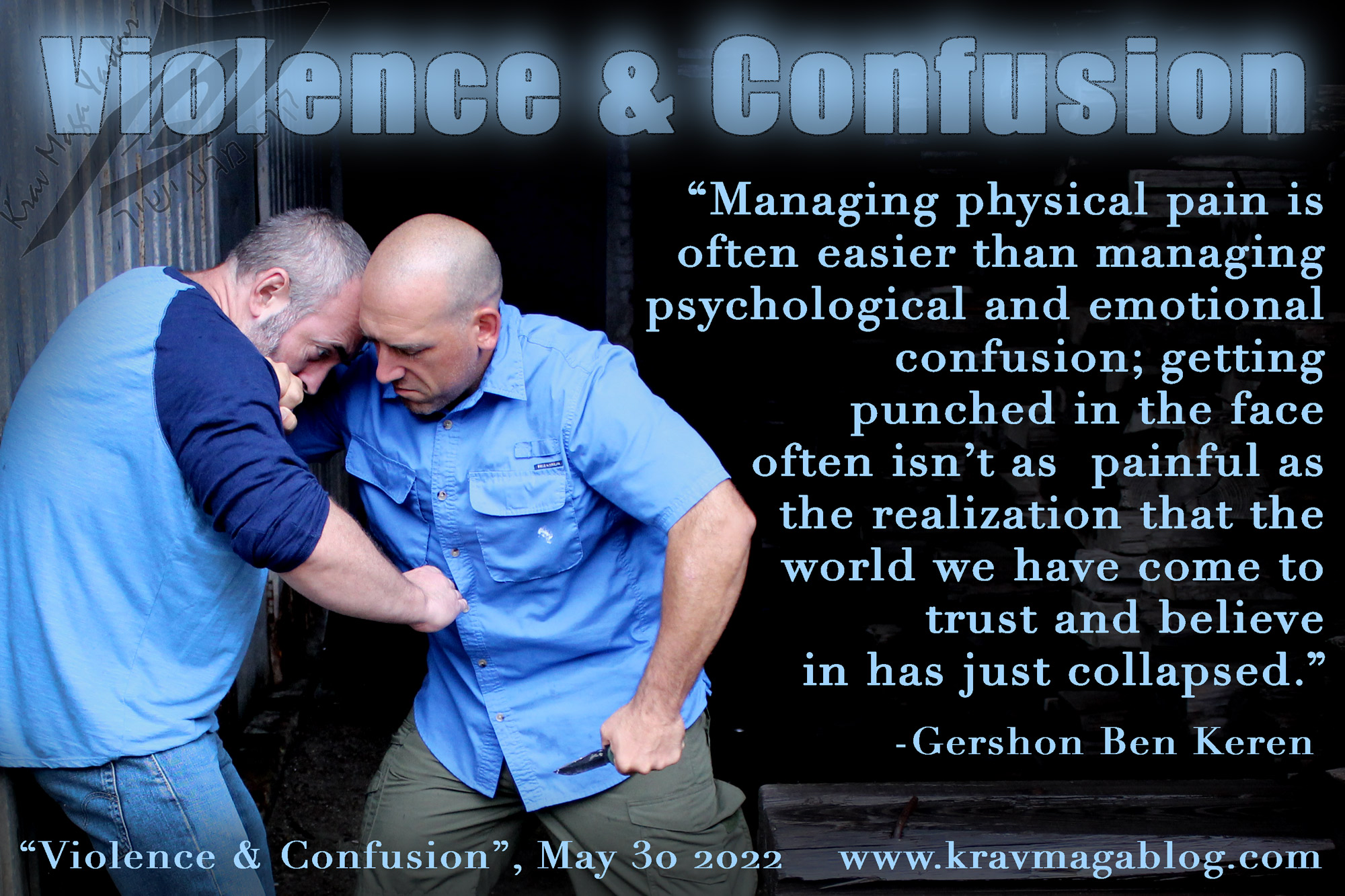Author: Gershon Ben Keren

One of my earliest memories of violence occurred when I was five years old. My parents had forced my reluctant older sister to take me with her to play with a group of her friends, at a park, on a recreational/sports field not far from our house – this was the seventies when it was much more common for groups of young kids to be out in public spaces together, without an accompanying adult. Many people look back on these days wistfully, and man a bygone era, when it was safe to let kids roam freely etc., I don’t remember those times in the same way, because I grew up being bullied, and much of my childhood was spent living with some degree of fear, anxiety and apprehension (it’s a major reason behind the career path I’ve chosen, giving up on academia in my twenties, and finding “regular” jobs unfulfilling). Up until this point I’d seen my older sister as a “capable guardian” i.e., someone who I’d been led to believe would look out for me. However, she had her own social issues going on, and her need to fit in and be part of the group, was stronger than her drive to protect me – this was 1970’s UK, where everybody was dealing with issues of one type or another. An older kid in the group decided it would be fun/entertaining to start head-butting me. I’m sure he’d just seen/learnt this and as the smallest member of the group, found me to be about the right height to practice on. He must have spent the next fifteen to twenty minutes doing so. I remember being in pain, but more significantly I was confused. I hadn’t done anything to trigger this violence, and these were older kids who were meant to look after younger kids etc. I didn’t try to protect myself, or run away, I just kept looking at him, as he repeatedly rammed his head into mine. All the time I was just questioning, why he was doing so, and why anyone wasn’t stopping him. The social order and conventions, that I believed kept me safe had collapsed. “Confusion” isn’t a response that many people think about when considering violence, however it is a very common and extremely significant one, and one that if we are not able to overcome, will inhibit us from fighting back, or responding in another way, such as running/disengaging if we are targeted for assault.
I have written before on the denial and deliberation loop i.e., our first response to a threat is usually to deny or discount it, before we get caught up in a deliberation loop, where we try and find the most effective solution to our predicament etc. This those doesn’t occur in a vacuum. There is psychological and emotional background noise as we go through this process – a rational decision-making process that isn’t particularly productive in incidents that require an immediate decision and solution (this is why you should choose the first viable/effective solution that comes to mind, and not search for, and compare it to other potential solutions e.g., if running away would work, do it). As a five-year-old I had got past the denial part i.e., I knew what was happening to me, but I hadn’t even started the process of deliberation, on how to solve the problem, because I was still caught up trying to answer the question “why?” Part of this, as I would later learn, was due to the psychological development/state of my childhood brain, which also explains why the toddler, Jamie Bulger continued to follow his two ten-year old killers after they physically tortured him i.e., as somebody so young, and dependent on others for his needs, they were the only individuals present who had the potential to assist him. Young children, occupy a “simple” world, and sometimes this simple world aids survival – young children who get lost in the wilderness, generally conserve energy better than adults, as they don’t have a concept of the world beyond the horizon, so they don’t end up running needlessly; they only move to where/what they can see. Sometimes, though this “simple” world is more complex i.e., when the people who should be keeping us safe, choose to do the opposite and/or standby etc. then the social order collapses, and we are left questioning how the world operates – and what are the new rules to it.
Confusion is a common response to violence as an adult e.g., we may be engaging in a verbal confrontation, never believing it will escalate to anything more significant because the dispute is seemingly trivial. However, to the other party(s) it something much more important to them. If they initiate a physical assault, our response may be delayed because we are attempting to answer questions about “how” and “why” the confrontation has now moved into this phase, when we really should be focusing on how to defend ourselves and escape/disengage from it. Another time we may be caught in a state of confusion and slow to react is when somebody we know and consider as a friend attempts to sexually assault us i.e., this is the last thing that somebody who occupies such a role in our life should be trying to do etc. Managing physical pain is often easier than managing psychological and emotional confusion; getting punched in the face often isn’t as painful as the realization that the world we have come to trust and believe in has just collapsed etc. The way out of, and to manage, confusion is to understand that when violence occurs, it has no rules and/or direction. It simply has to be dealt with. The time to dissect and answer the questions as to why the incident occurred is not in the moment but afterwards.